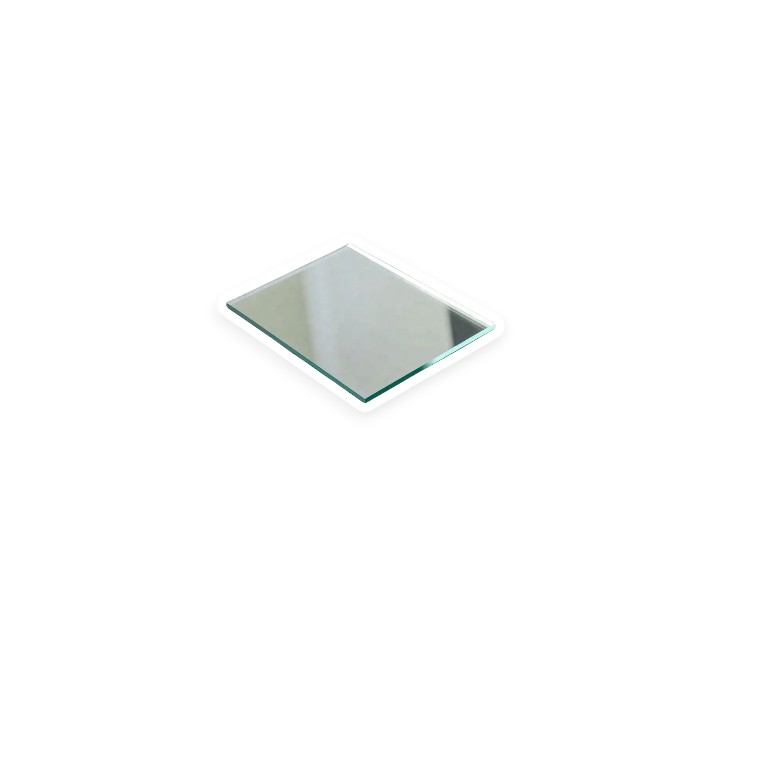

Dichroic Cold Mirrors
Dichroic Cold Mirrors is an optical mirror reflect visible light and transmit NIR light. Coligh manufactures high quality cold mirrors.
- High reflectivity for visible light, high transmittance for NIR
- High heat dissipation
- Using interference dielectric film
- Can be used with hot mirror
- Customizable within 120*120mm
Dichroic Cold Mirrors Description
Cold mirror is a high-performance filter element based on optical thin film technology.
- Cold mirror produced by Coligh realizes precise separation of visible light and near-infrared light (NIR) through interference medium film design. Highly reflective visible light (400-700nm), while highly efficient transmission of near-infrared light (700-2500nm) to reduce the internal temperature of the device.
- At the same time, we support the combination with hot mirror to achieve two-way management of visible light reflection and infrared thermal radiation.
- We support customization of standard sizes up to 120mm×120mm, and can adjust the reflection/transmission band according to customer needs to adapt to specific wavelengths (such as ultraviolet or mid-infrared).
Dichroic Cold Mirrors Technical Datasheet
| Parameter | Specification |
| Reflectance (Ravg) | >90% @ 425-675 nm |
| Transmission (Tavg) | >90%@750-1150 |
| Surface Quality | 60/40 or 80/50 |
| Incident Angle | 45° |
| Dimensions | ≤120 × 120 mm |
| Substrate | Borofloat K9 B270 Fused Silica |
| Diameter/Rectangle Tolerance | ±0.25 mm |
| Thickness Tolerance | ±0.2 mm |
Dichroic Cold Mirrors Applications
Cold mirrors are mainly used in the following fields due to their unique spectral separation and thermal management capabilities:
- 1. Laser equipment
In laser processing, especially laser cutting and welding, high-power lasers generate a large amount of near-infrared light (NIR) when working, which may damage optical components. Cold mirrors are integrated in the optical path of the laser head, reflecting visible light and transmitting near-infrared heat, which can protect core components and ensure the continuity of continuous processing.
- 2. Consumer electronics
In devices such as AR/VR, prisms can be used for light splitting, reflecting visible light to the screen, transmitting infrared heat, and solving the problem of heat dissipation. In cameras, prisms can be used for visible light fill light to prevent light decay caused by long-term use.
- 3. Laser LiDAR
In LiDAR autonomous driving, cold mirrors can reflect the working wavelength of the laser transmitter (such as 905nm) and transmit other bands at the same time to enhance the reliability of LiDAR.
- 4. Life science and medical
In medical equipment such as laser medical equipment, surgical microscopes and endoscopes, prisms can be used to reflect visible light to sensors or lasers and transmit infrared thermal radiation.

